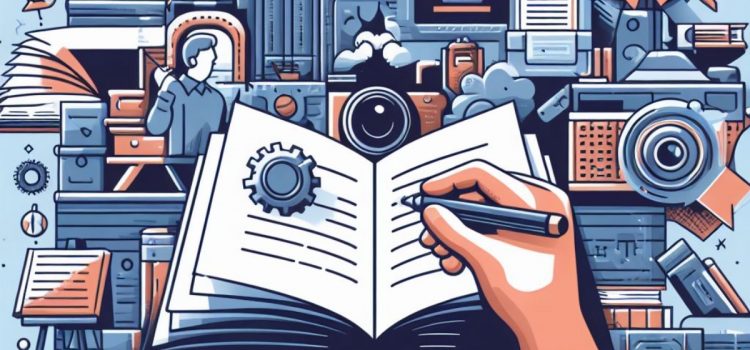

This article is an excerpt from the Shortform book guide to "The Artist's Way" by Julia Cameron. Shortform has the world's best summaries and analyses of books you should be reading.
Like this article? Sign up for a free trial here.
Do you have unfulfilled dreams? Did your creativity get squashed at some point?
Julia Cameron says it’s not too late to reconnect to your inner artist and find what’s been lost—creativity, dreams, and desires. These elements are all still inside you somewhere, and she encourages you to go after them.
Continue reading to learn how to reconnect to your creativity and recover what’s been lost.
Uncover the Lost Parts of Your Inner Artist
Cameron explains that many elements of your inner artist—ideas, desires, dreams—often get killed off by your self-doubt and the doubts of friends, family, and society. However, these suppressed components are often the springboard for reaching your artistic destiny—or, in other words, creating the art that you were destined to create.
(Shortform note: In Big Magic, Elizabeth Gilbert bases her arguments on the same premise as Cameron—that there’s a divine creative force flowing through all of us. And, to recover our lost creativity, we must learn how to access this force. Gilbert also emphasizes the importance of our ideas, dreams, and desires, and explains that these elements are important to achieving our artistic destiny because they are how the divine creative force communicates with us.)
To reacquaint yourself with the lost parts of your inner artist, Cameron recommends first reflecting on your childhood dreams and desires. Then, reflect on any of your recent or current dreams, desires, or ideas that you’ve convinced yourself not to explore—for money reasons, time reasons, practicality reasons, and so on.
For example, maybe you were interested in video production as a child but didn’t pursue it because you were told it doesn’t make good money—explore it now. Or, maybe you want to write a poetry book but think you’re not good enough—start now.
| “Inner Child Work”: A Pathway for Healing Trauma and Reaching Happiness Cameron’s recommendations to find the lost parts of your inner artist, or “inner child” as she sometimes calls it, closely aligns with a popular therapeutic phenomenon called “inner child work.” However, whereas Cameron’s recommendations primarily focus on uncovering creative elements of your inner child that were repressed by negative experiences, the therapeutic process of inner child work focuses on uncovering negative and traumatic memories of events, thoughts, and emotions you experienced during childhood. Psychologists explain that this process is important because our thought processes and decisions in adulthood are often the result of repressed memories and emotions from childhood. For example, you might be prone to believing you’re unworthy because your parents never offered you praise as a child. This thought process might cause you to feel ashamed and never strive for your goals. So, to foster positive thought processes and behaviors and ultimately live a happy life, it’s important to identify and address the pain of your inner child. Performing inner child work will also likely boost your creativity because it fosters a positive mindset and combats limiting beliefs—two crucial components of Cameron’s method for maximizing creativity. |

———End of Preview———
Like what you just read? Read the rest of the world's best book summary and analysis of Julia Cameron's "The Artist's Way" at Shortform.
Here's what you'll find in our full The Artist's Way summary:
- How you can overcome obstacles and blocks to reach your creative potential
- An overview of Julia Cameron's 12-week program on accessing the creative force
- Why many artists fall into addictions and how to resist them






